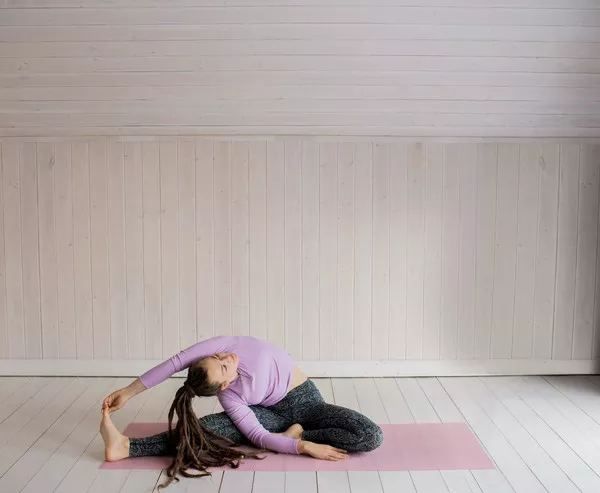Yoga is a popular form of exercise that offers numerous health benefits, including increased flexibility, reduced stress, and improved cardiovascular function. But when it comes to practicing yoga, many people wonder: what is the best time of day to do it? In this article, we will explore the pros and cons of practicing yoga at different times and help you determine the best time for your practice.
Early Morning:
Many yogis believe that early morning, specifically around sunrise, is the best time for yoga practice. This time of day is referred to as “Brahma Muhurta” in Ayurveda, which translates to “the creator’s hour.” During this time, the mind is said to be calm, and the body is energized, making it an ideal time for spiritual practices such as meditation and yoga.
Additionally, practicing yoga in the morning can help kickstart your metabolism and set a positive tone for the rest of your day. It can also help improve focus and concentration, making it an excellent way to start your workday.
However, one of the drawbacks to practicing yoga in the morning is that it can be challenging to wake up early consistently. Additionally, if you have a busy morning routine or need to rush off to work, finding time to practice yoga may be difficult.
Midday:
Another time of day that some people prefer for yoga practice is midday. Practicing yoga during your lunch break or mid-afternoon can help relieve stress and recharge your energy levels for the remainder of the day.
Additionally, practicing yoga during the day can help break up long periods of sitting or sedentary activity, which can be beneficial for overall health. A 2016 study published in the Journal of Occupational Health found that employees who participated in a 10-week yoga program during their lunch break experienced improved mental health and reduced job stress.
However, one potential drawback to practicing yoga during the day is that it can be challenging to find time and space in a busy work environment. Additionally, if you have a physically demanding job, you may find that practicing yoga midday can be too tiring, making it difficult to focus on your work for the remainder of the day.
Evening:
For some people, practicing yoga in the evening is the preferred time. This can help transition the body and mind from the chaos of the day to a state of relaxation and calmness, promoting better sleep quality and overall health.
Additionally, practicing yoga in the evening can provide an opportunity to unwind and release any tension or stress that has accumulated throughout the day. This can be especially beneficial for those who sit at a desk or engage in other sedentary activities for extended periods.
However, one potential drawback to practicing yoga in the evening is that it can be difficult to maintain consistency. Evening activities such as social events or family responsibilities can interfere with regular practice, making it more challenging to establish a routine.
So, Which Time is Best for Yoga?
The best time for yoga practice ultimately depends on your personal preferences, schedule, and lifestyle. Some people may find that early morning provides the ideal quiet and focused environment for deeper spiritual practices, while others may prefer evening practice to wind down after a hectic day.
It’s important to consider your personal schedule and level of commitment when choosing a time for yoga practice. Consistency is key when it comes to establishing a healthy habit, so it may be helpful to choose a time that works well with your daily routine and stick to it.
Additionally, it’s essential to listen to your body and adjust your practice as needed. If you find that practicing yoga in the morning leaves you feeling exhausted or unmotivated, try switching to an evening or midday practice instead.
In conclusion
There is no one “best” time for yoga practice. It’s all about finding the time that works best for you and allows you to reap the most benefits from this ancient practice. By making yoga a regular part of your routine and listening to your body’s needs, you can achieve greater physical and mental health, leading to a more fulfilling life.
Related topics:


